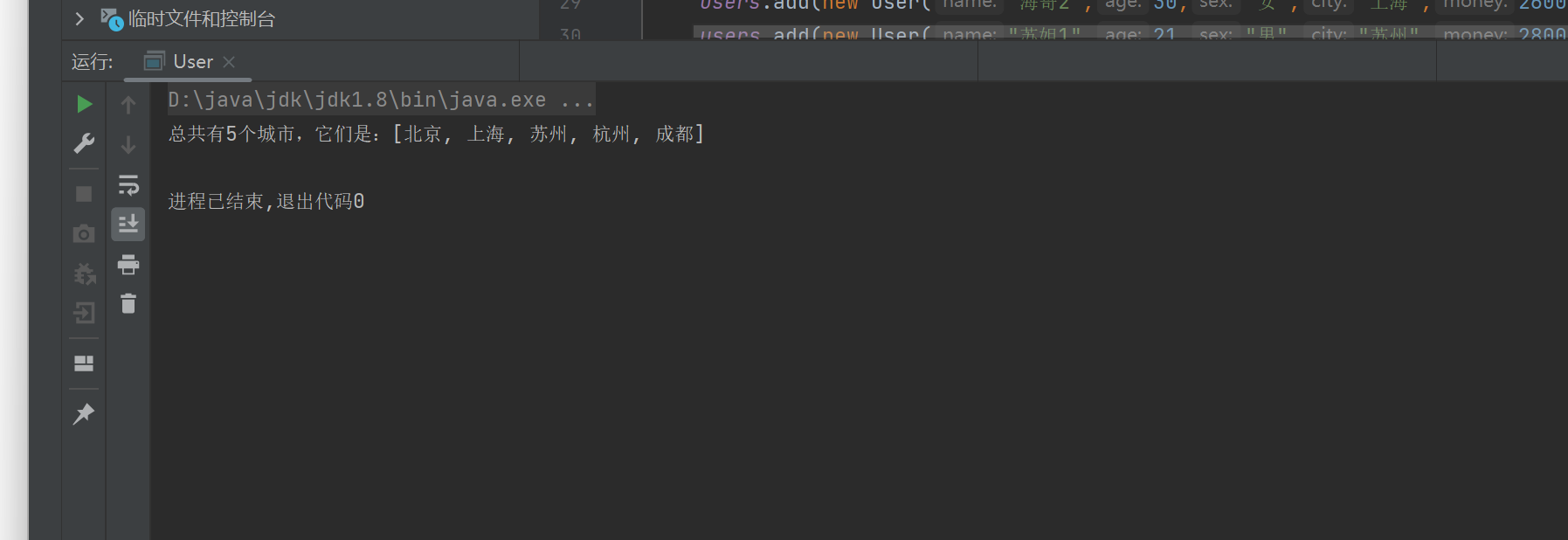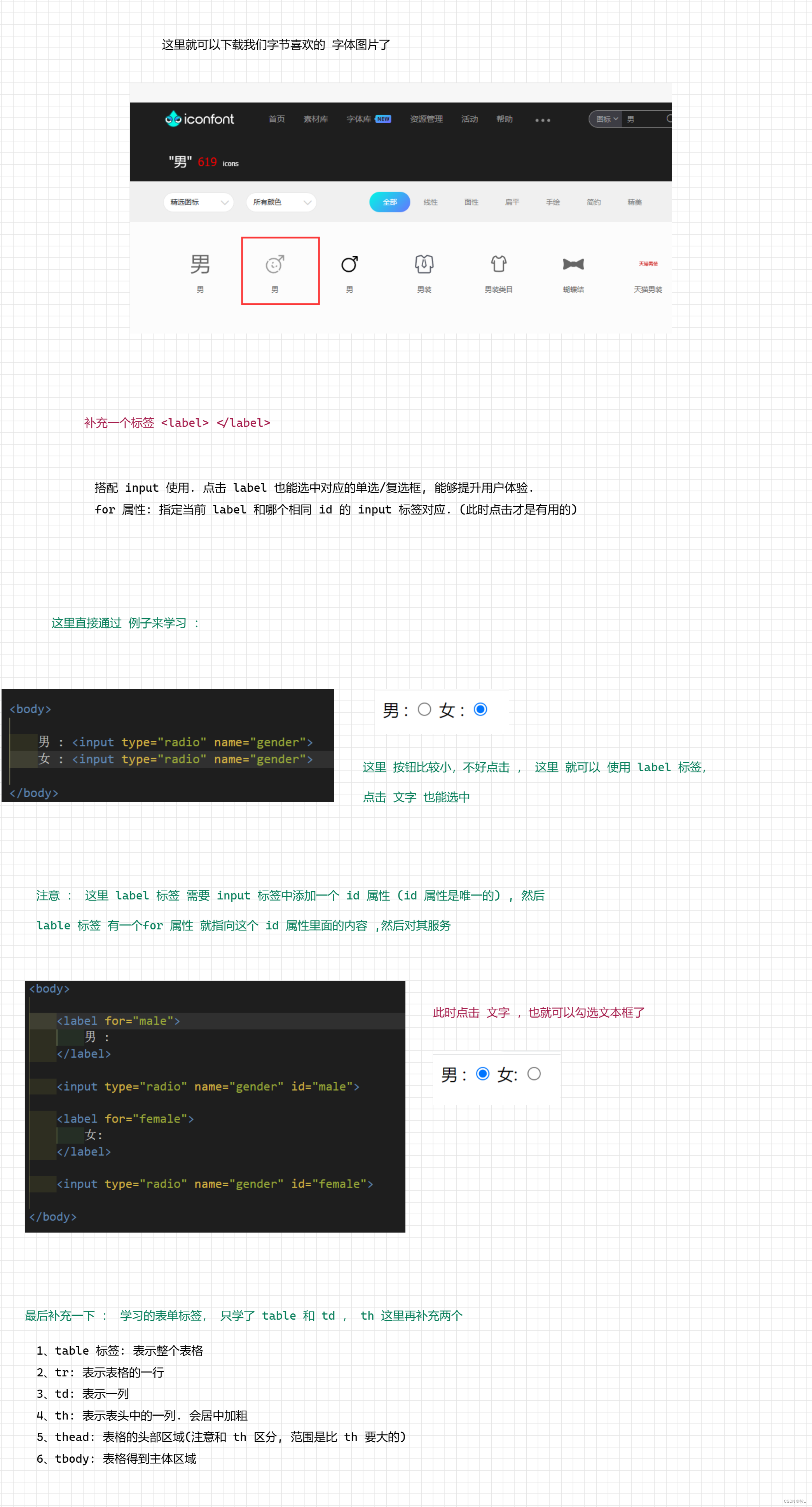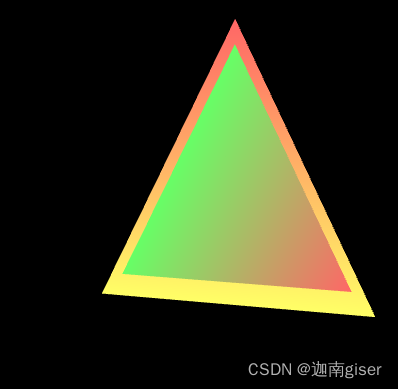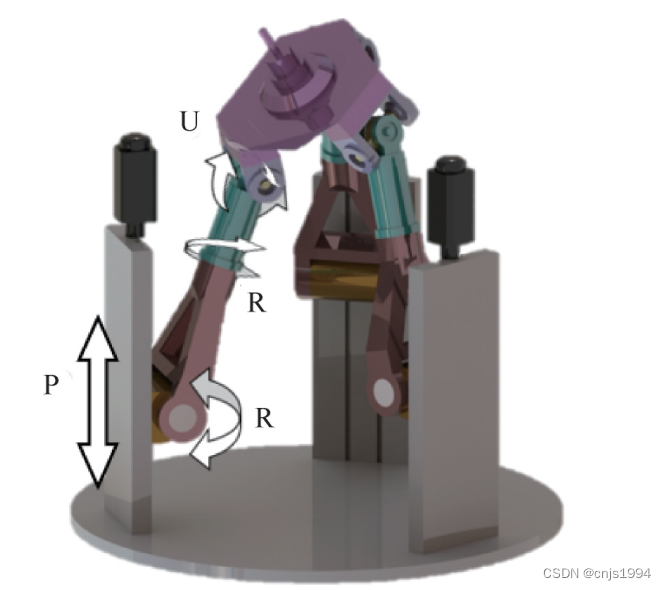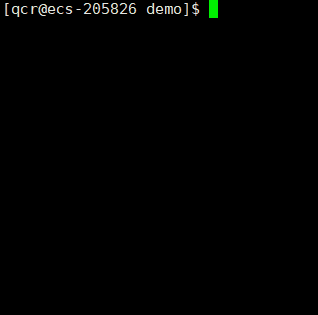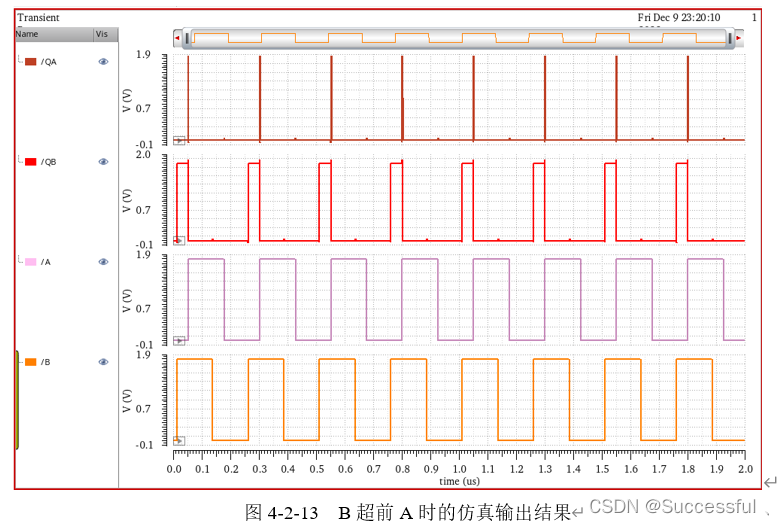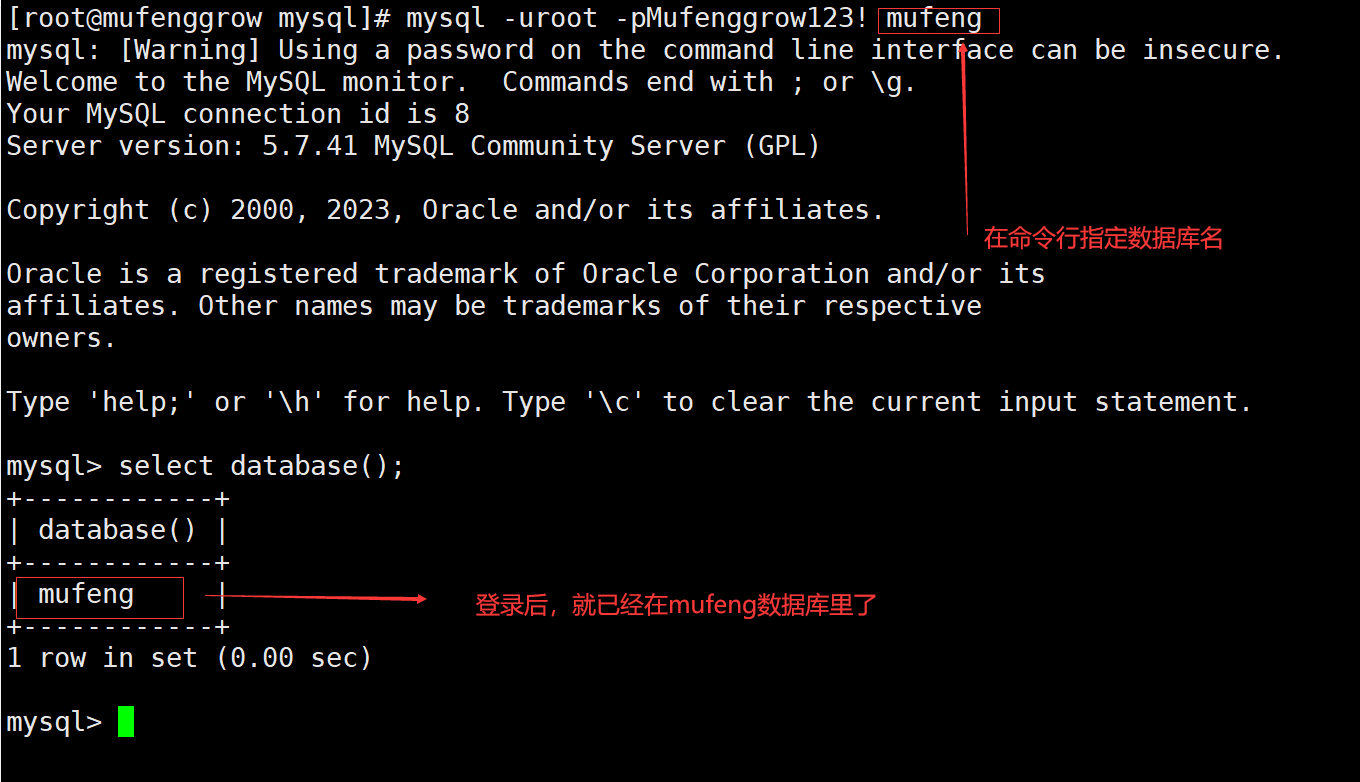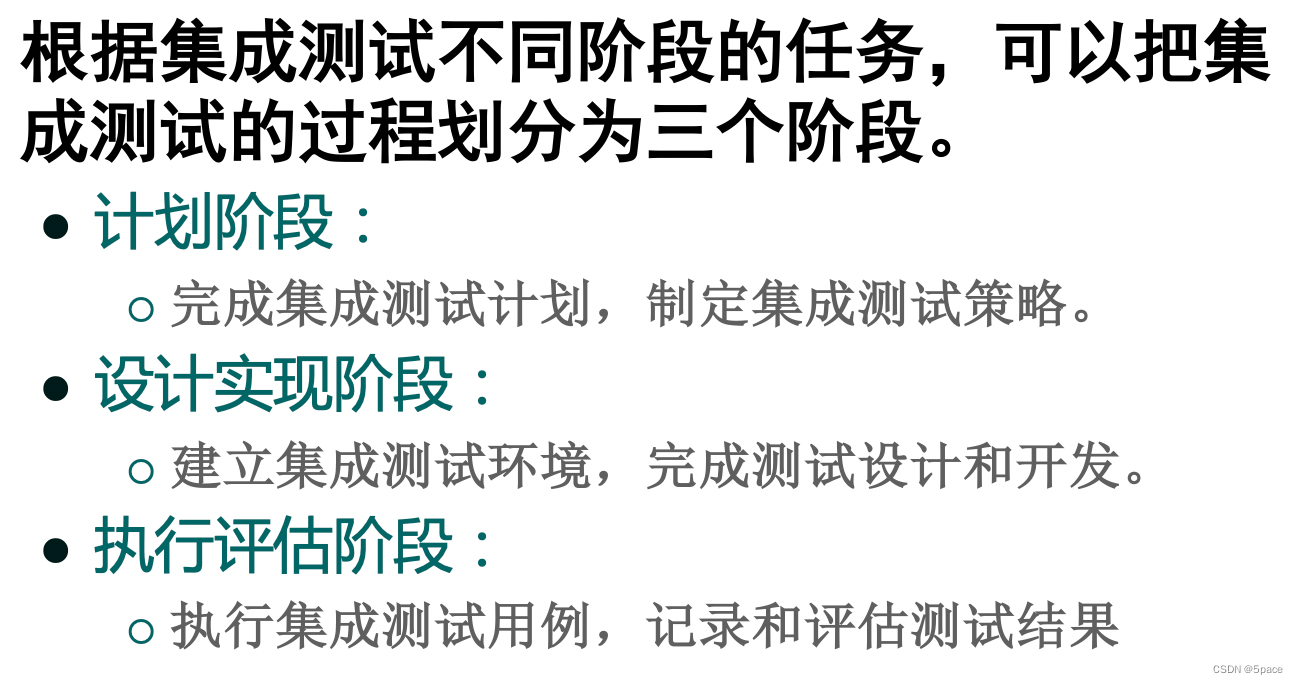本文主要内容如下:
- 1. 变形梯度
- 2. 变形梯度的逆
- 3. 相对变形梯度
- 4. 两点张量
1. 变形梯度
a. 运动变形前,参考构型中某代表性物质点 A 邻域内的线元:
d
X
⃗
=
d
X
A
G
⃗
A
=
d
x
i
c
⃗
i
d\vec{X}=dX^A\vec{G}_A=dx^i\vec{c}_i
dX=dXAGA=dxici
b. 运动变形后,线元
d
X
⃗
d\vec{X}
dX 映射为当前构型中的线元
d
x
⃗
d\vec{x}
dx:
d
x
⃗
=
d
x
i
g
⃗
i
=
d
X
A
C
⃗
A
d\vec{x}=dx^i\vec{g}_i=dX^A\vec{C}_A
dx=dxigi=dXACA
如下图所示:

根据映射关系:
x
⃗
=
x
⃗
(
X
1
,
X
2
,
X
3
,
t
)
\vec{x}=\vec{x}(X^1,X^2,X^3,t)
x=x(X1,X2,X3,t)
有:
d
x
⃗
=
∂
x
⃗
∂
X
A
d
X
A
=
(
∂
x
⃗
∂
X
A
⊗
G
⃗
A
)
⋅
d
X
⃗
≜
F
⋅
d
X
⃗
d\vec{x}=\dfrac{\partial \vec{x}}{\partial X^A}dX^A=\left(\dfrac{\partial \vec{x}}{\partial X^A}\otimes\vec{G}^A\right)\cdot d\vec{X}\triangleq \bold F\cdot d\vec{X}
dx=∂XA∂xdXA=(∂XA∂x⊗GA)⋅dX≜F⋅dX
将
F
\bold F
F 称作 变形梯度 。可见,变形梯度(仿射量)实现了A点邻域内变形前线元到变形后线元的线性映射。
根据变形梯度的定义与不同坐标系间基的关系,有
F
≜
∂
x
⃗
∂
X
A
⊗
G
⃗
A
≜
x
⃗
▽
0
=
C
⃗
A
⊗
G
⃗
A
=
F
∙
A
B
G
⃗
B
⊗
G
⃗
A
=
x
,
A
i
g
⃗
i
⊗
G
⃗
A
=
g
⃗
i
⊗
c
⃗
i
=
F
∙
i
j
c
⃗
j
⊗
c
⃗
i
\begin{aligned} &\bold{F}\triangleq\dfrac{\partial \vec{x}}{\partial X^A}\otimes\vec{G}^A\triangleq\vec{x}\triangledown_0\\\\ &\ \ \ =\vec{C}_A\otimes\vec{G}^A\\\\ &\ \ \ =F^B_{\bullet A}\vec{G}_B\otimes\vec{G}^A\\\\ &\ \ \ =x^i_{,A}\vec{g}_i\otimes\vec{G}^A=\vec{g}_i\otimes\vec{c}\ ^i\\\\ &\ \ \ =F^j_{\bullet i}\vec{c}_j\otimes\vec{c}\ ^i \end{aligned}
F≜∂XA∂x⊗GA≜x▽0 =CA⊗GA =F∙ABGB⊗GA =x,Aigi⊗GA=gi⊗c i =F∙ijcj⊗c i
由上面的关系可知:
- 变形梯度可写作随体坐标系与固定坐标系基矢的张量积;
- 变形梯度在物质坐标系下的混合分量 F ∙ A B F^B_{\bullet A} F∙AB 也即为物质坐标系与随体坐标系 { X A , t } \{X^A,t\} {XA,t} 间的坐标转换系数 F ∙ A B F^B_{\bullet A} F∙AB;
- 变形梯度在空间坐标系下的混合分量 F ∙ i j F^j_{\bullet i} F∙ij 也即为空间坐标系与随体坐标系 { x i , t 0 } \{x^i,t_0\} {xi,t0} 间的坐标转换系数 F ∙ i j F^j_{\bullet i} F∙ij。
另外,变形梯度张量也可由位移在物质坐标系下的右梯度进行表示,由于:
X
⃗
+
u
⃗
=
x
⃗
+
b
⃗
\vec{X}+\vec{u}=\vec{x}+\vec{b}
X+u=x+b
式中,
b
⃗
\vec{b}
b 为参考坐标系与空间坐标系原点的位矢差,是常矢。则
F
=
∂
x
⃗
∂
X
A
⊗
G
⃗
A
=
∂
∂
X
A
(
X
⃗
+
u
⃗
)
⊗
G
⃗
A
=
I
+
∂
u
⃗
∂
X
A
⊗
G
⃗
A
=
I
+
u
⃗
▽
0
\bold F =\dfrac{\partial \vec{x}}{\partial X^A}\otimes\vec{G}^A =\dfrac{\partial }{\partial X^A}(\vec{X}+\vec{u})\otimes\vec{G}^A =\bold I+\dfrac{\partial \vec{u}}{\partial X^A}\otimes\vec{G}^A=\bold I +\vec{u}\triangledown_0
F=∂XA∂x⊗GA=∂XA∂(X+u)⊗GA=I+∂XA∂u⊗GA=I+u▽0
变形梯度的行列式:
J
≜
d
e
t
(
F
)
=
d
e
t
(
[
F
∙
A
B
]
)
=
d
e
t
(
[
g
i
B
]
[
x
,
A
i
]
)
=
d
e
t
(
[
x
,
A
i
]
)
∣
G
⃗
1
⋅
g
⃗
1
G
⃗
1
⋅
g
⃗
2
G
⃗
1
⋅
g
⃗
3
G
⃗
2
⋅
g
⃗
1
G
⃗
2
⋅
g
⃗
2
G
⃗
2
⋅
g
⃗
3
G
⃗
3
⋅
g
⃗
1
G
⃗
3
⋅
g
⃗
2
G
⃗
3
⋅
g
⃗
3
∣
=
d
e
t
(
[
x
,
A
i
]
)
[
G
⃗
1
⋅
(
G
⃗
2
×
G
⃗
3
)
]
[
g
⃗
1
⋅
(
g
⃗
2
×
g
⃗
3
)
]
=
d
e
t
(
[
x
,
A
i
]
)
g
G
≠
0
\mathscr{J}\triangleq det(\bold F)=det([F^B_{\bullet A}])=det([g^B_{i}][x^i_{,A}])=det([x^i_{,A}]) \begin{vmatrix} \vec{G}^1\cdot\vec{g}_1 & \vec{G}^1\cdot\vec{g}_2 & \vec{G}^1\cdot\vec{g}_3\\\\ \vec{G}^2\cdot\vec{g}_1 & \vec{G}^2\cdot\vec{g}_2 & \vec{G}^2\cdot\vec{g}_3\\\\ \vec{G}^3\cdot\vec{g}_1 & \vec{G}^3\cdot\vec{g}_2 & \vec{G}^3\cdot\vec{g}_3 \end{vmatrix}\\\ \\ =det([x^i_{,A}])[\vec{G}^1\cdot(\vec{G}^2\times\vec{G}^3)][\vec{g}_1\cdot(\vec{g}_2\times\vec{g}_3)]=det([x^i_{,A}])\sqrt{\dfrac{g}{G}}\ne0
J≜det(F)=det([F∙AB])=det([giB][x,Ai])=det([x,Ai])
G1⋅g1G2⋅g1G3⋅g1G1⋅g2G2⋅g2G3⋅g2G1⋅g3G2⋅g3G3⋅g3
=det([x,Ai])[G1⋅(G2×G3)][g1⋅(g2×g3)]=det([x,Ai])Gg=0
其中,
G
=
G
⃗
1
⋅
(
G
⃗
2
×
G
⃗
3
)
;
g
=
g
⃗
1
⋅
(
g
⃗
2
×
g
⃗
3
)
G=\vec{G}^1\cdot(\vec{G}^2\times\vec{G}^3);g=\vec{g}_1\cdot(\vec{g}_2\times\vec{g}_3)
G=G1⋅(G2×G3);g=g1⋅(g2×g3)
或者
C
=
d
e
t
(
[
C
A
B
]
)
=
d
e
t
(
[
F
∙
A
M
]
T
[
G
M
N
]
[
F
∙
B
N
]
)
=
d
e
t
2
(
F
)
G
C=det([{C}_{AB}])=det([F^M_{\bullet A}]^T[G_{MN}][F^N_{\bullet B}])=det^2(\bold F)G
C=det([CAB])=det([F∙AM]T[GMN][F∙BN])=det2(F)G
则
d
e
t
2
(
F
)
=
C
G
≠
0
det^2(\bold F)=\dfrac{C}{G}\ne0
det2(F)=GC=0
变形梯度的行列式不为零,说明变形梯度是正则仿射量。
2. 变形梯度的逆
根据映射关系:
X
⃗
=
X
⃗
(
x
1
,
x
2
,
x
3
,
t
)
\vec{X}=\vec{X}(x^1,x^2,x^3,t)
X=X(x1,x2,x3,t)
得:
d
X
⃗
=
∂
X
⃗
∂
x
i
d
x
i
=
(
∂
X
⃗
∂
x
i
⊗
g
⃗
i
)
⋅
d
x
⃗
≜
F
−
1
⋅
d
x
⃗
d\vec{X}=\dfrac{\partial \vec{X}}{\partial x^i}d{x}^i=\left(\dfrac{\partial \vec{X}}{\partial x^i}\otimes\vec{g}\ ^i\right)\cdot d\vec{x}\triangleq \overset{-1}{\bold F}\cdot d\vec{x}
dX=∂xi∂Xdxi=(∂xi∂X⊗g i)⋅dx≜F−1⋅dx
根据定义:
F
−
1
≜
∂
X
⃗
∂
x
i
⊗
g
⃗
i
≜
X
⃗
▽
=
c
⃗
i
⊗
g
⃗
i
=
F
−
1
,
i
j
g
⃗
j
⊗
g
⃗
i
=
X
,
i
A
G
⃗
A
⊗
g
⃗
i
=
G
⃗
A
⊗
C
⃗
A
=
F
−
1
,
A
B
C
⃗
B
⊗
C
⃗
A
=
∂
∂
x
i
(
x
⃗
−
u
⃗
)
⊗
g
⃗
i
=
I
−
∂
u
⃗
∂
x
i
⊗
g
⃗
i
=
I
−
u
⃗
▽
\begin{aligned} &\overset{-1}{\bold F}\triangleq \dfrac{\partial \vec{X}}{\partial x^i}\otimes\vec{g}\ ^i\triangleq\vec{X}\triangledown\\\\ &\ \ \ =\vec c_i\otimes\vec{g}^i\\\\ &\ \ \ =\overset{-1}{F}\ ^{j}_{,i}\vec{g}_j\otimes\vec{g}^i\\\\ &\ \ \ =X^A_{,i}\vec{G}_A\otimes\vec{g}^i=\vec{G}_A\otimes\vec{C}^A\\\\ &\ \ \ =\overset{-1}{F}\ ^{B}_{,A}\vec{C}_B\otimes\vec{C}^A \\\\ &\ \ \ =\dfrac{\partial }{\partial x^i}(\vec{x}-\vec{u})\otimes\vec{g}^i \\\\ &\ \ \ =\bold I-\dfrac{\partial \vec{u}}{\partial x^i}\otimes\vec{g}^i =\bold I-\vec{u}\triangledown \end{aligned}
F−1≜∂xi∂X⊗g i≜X▽ =ci⊗gi =F−1 ,ijgj⊗gi =X,iAGA⊗gi=GA⊗CA =F−1 ,ABCB⊗CA =∂xi∂(x−u)⊗gi =I−∂xi∂u⊗gi=I−u▽
又因为:
F
−
1
⋅
F
=
(
c
⃗
i
⊗
g
⃗
i
)
⋅
(
g
⃗
j
⊗
c
⃗
j
)
=
δ
j
i
c
⃗
i
⊗
c
⃗
j
=
I
\overset{-1}{\bold F}\cdot\bold{F}=(\vec c_i\otimes\vec{g}^i)\cdot(\vec{g}_j\otimes\vec{c}\ ^j)=\delta^i_j\vec c_i\otimes\vec{c}\ ^j=\bold I
F−1⋅F=(ci⊗gi)⋅(gj⊗c j)=δjici⊗c j=I
因此,
F
−
1
\overset{-1}{\bold F}
F−1 为变形梯度仿射量的逆。
3. 相对变形梯度
4. 两点张量
定义:若某张量的分量或张量基涉及两个不互相独立的坐标系,便称之为 两点张量。
比如,变形梯度或其逆为两点张量的实例:
F
=
F
∙
A
B
G
⃗
B
⊗
G
⃗
A
\bold F=F^B_{\bullet A}\vec{G}_B\otimes\vec{G}^A
F=F∙ABGB⊗GA
上述形式上似乎只与物质坐标系相关,但注意到:
F
∙
A
B
=
X
,
i
A
g
B
i
=
∂
X
A
(
x
⃗
,
t
)
∂
x
i
∂
x
i
(
X
⃗
,
t
)
∂
X
B
F^B_{\bullet A} =X^A_{,i}g^i_B =\dfrac{\partial X^A(\vec{x},t)}{\partial x^i}\dfrac{\partial x^i(\vec{X},t)}{\partial X^B}
F∙AB=X,iAgBi=∂xi∂XA(x,t)∂XB∂xi(X,t)
说明其分量涉及物质坐标系与空间坐标系。
最后尤其指出:两点张量关于坐标的导数应当是全导数。具体来说,若张量
Ψ
\bold \Psi
Ψ 是建立在坐标系
{
X
⃗
}
\{\vec{X}\}
{X} 与
{
x
⃗
}
\{\vec{x}\}
{x} 上的两点张量,则
d
Ψ
d
X
A
=
∂
Ψ
∂
X
A
+
∂
Ψ
∂
x
i
∂
x
i
∂
X
A
\dfrac{d\bold\Psi}{d X^A} =\dfrac{\partial\bold\Psi}{\partial X^A}+\dfrac{\partial\bold\Psi}{\partial x^i}\dfrac{\partial x^i}{\partial X^A}
dXAdΨ=∂XA∂Ψ+∂xi∂Ψ∂XA∂xi




